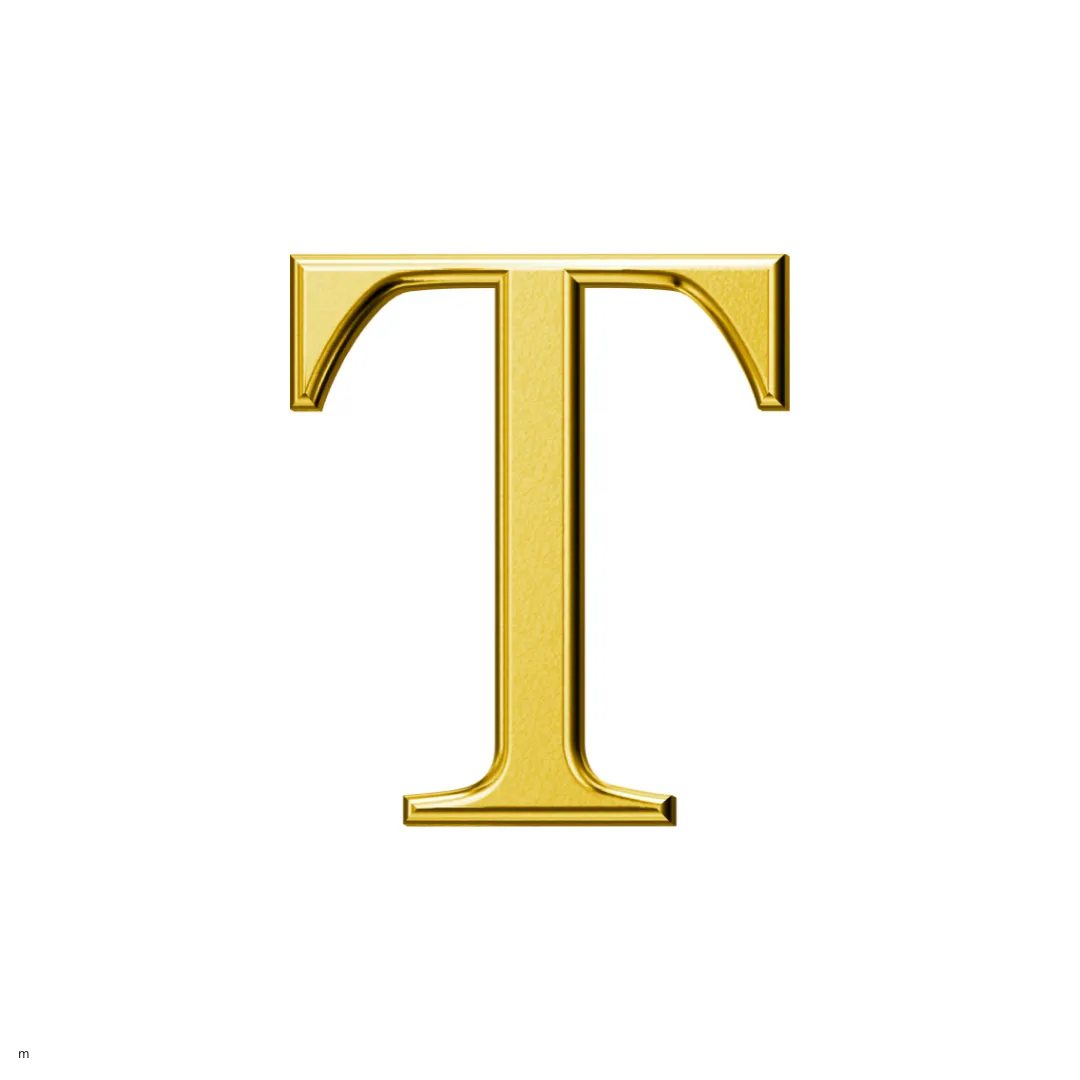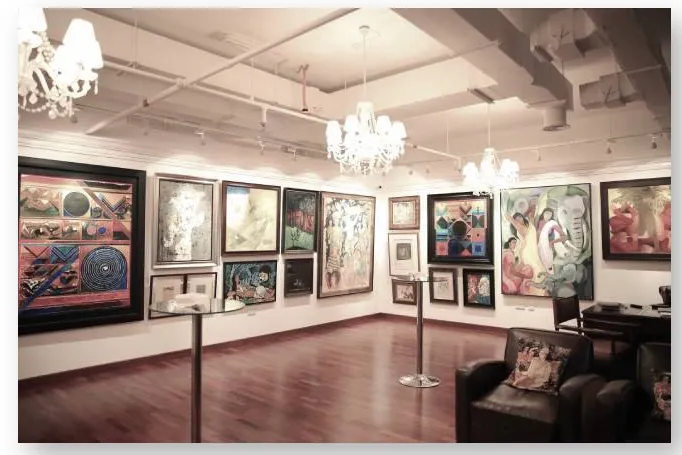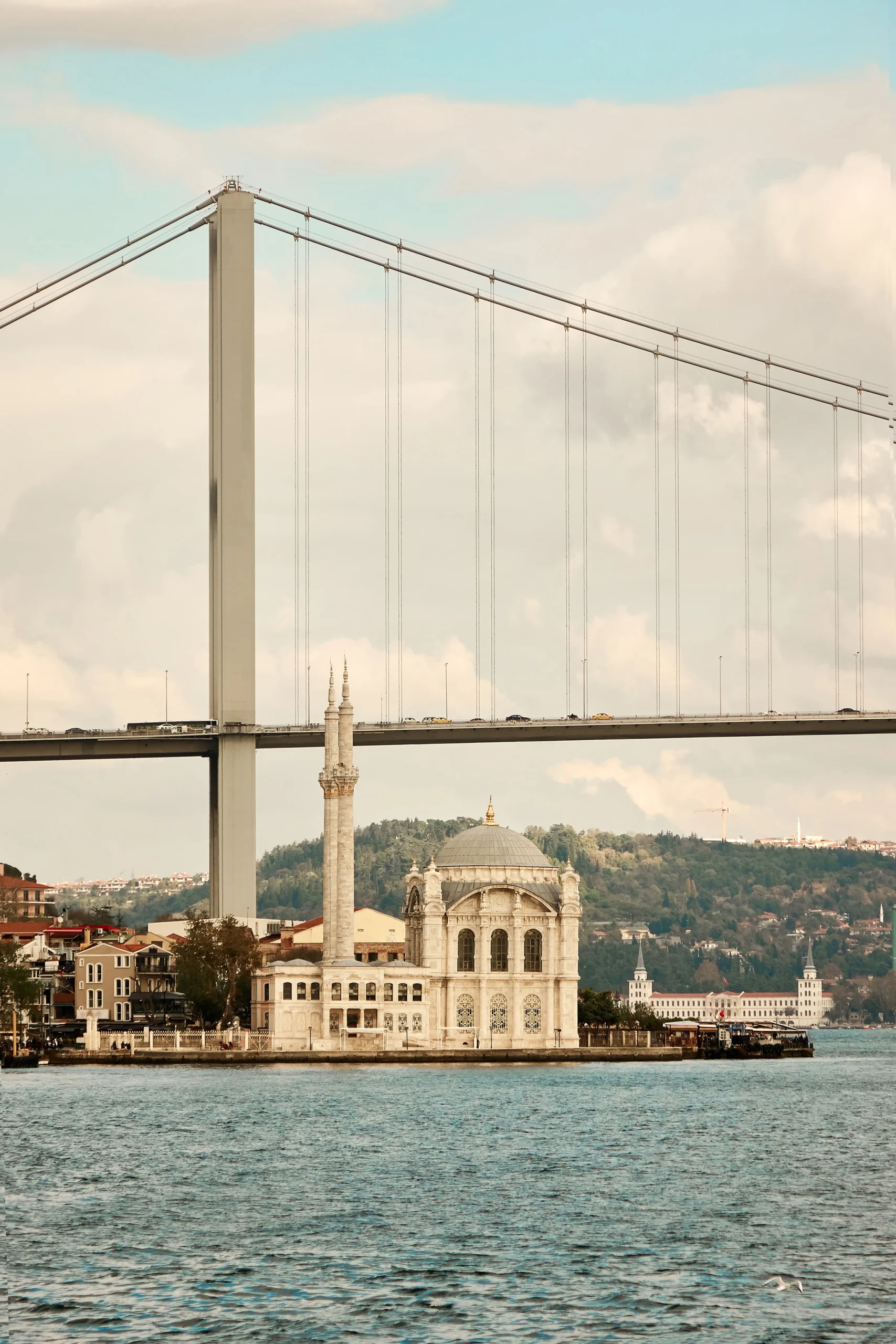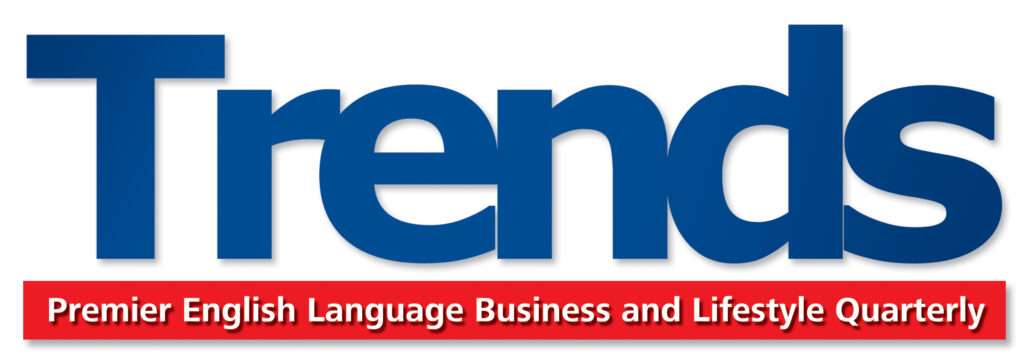By: Niloufar Asefi
The gavel falls. Another record breaks. Welcome to the Middle East’s art market revolution.
Step into any major auction house in Dubai today and you’ll find yourself in the middle of a cultural earthquake. Conversations flow between Arabic, Farsi, Turkish, and English while paddles dance through the air—collectors bidding on everything from contemporary Iranian photography to Ottoman treasures. This isn’t just commerce; it’s cultural diplomacy in action.
Iran: Art as Resistance
Tehran Auction’s 23rd edition this past May should have been impossible. International sanctions, economic headwinds, political isolation—yet here they were, moving $2.2 million worth of art with a staggering 97% sell-through rate. Hossein Zenderoudi and Farhad Moshiri’s pieces sparked genuine bidding wars.
What caught my attention wasn’t the money, though. It was watching young tech entrepreneurs from Tehran’s northern districts compete with diaspora Iranians logging in from Los Angeles cafes. Art has become Iran’s softest form of resistance—a way to export culture when everything else faces barriers.
“We’re not just selling paintings,” one Tehran collector told me over tea. “We’re preserving identity.”
Dubai: The Calculated Gamble That Worked
Christie’s 2006 Dubai debut was either brilliant or foolhardy. The regional art market barely existed—serious collectors still flew to London for major purchases. That first sale brought in $8.5 million, obliterating expectations and proving appetite existed where none was supposed to.
Next year marks Christie’s 20th anniversary here. Their April 2021 Patek Philippe Sky Moon Tourbillon sale—$1.59 million, Christie’s highest online sale globally—showed Dubai had evolved from experiment to epicenter.
Sotheby’s followed in March 2017, establishing their sleek DIFC gallery. But the real innovation comes from upstarts like ARTIANA, launched in 2019 with zero buyer’s premium and their “Art Beyond Borders” focus on African contemporary work. They’re betting convenience trumps ceremony for younger collectors.
They might be right.
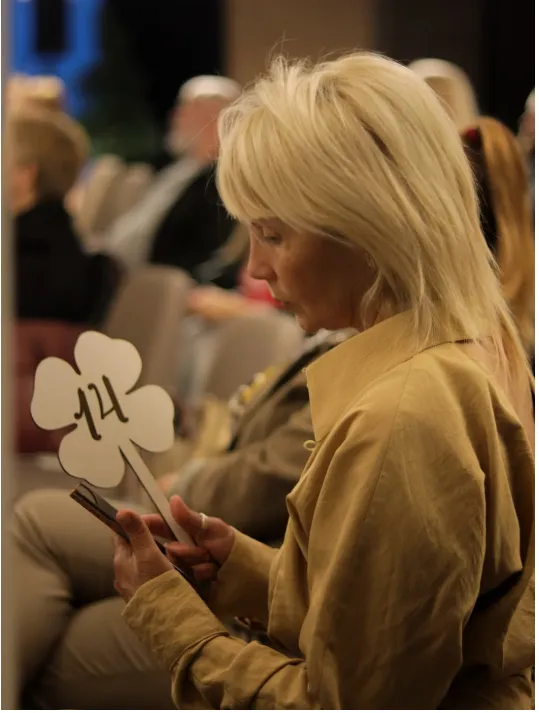
Iran: Art as Resistance
Tehran Auction’s 23rd edition this past May should have been impossible. International sanctions, economic headwinds, political isolation—yet here they were, moving $2.2 million worth of art with a staggering 97% sell-through rate. Hossein Zenderoudi and Farhad Moshiri pieces sparked genuine bidding wars.
What caught my attention wasn’t the money, though. It was watching young tech entrepreneurs from Tehran’s northern districts compete with diaspora Iranians logging in from Los Angeles cafes. Art has become Iran’s softest form of resistance—a way to export culture when everything else faces barriers.
Saudi Arabia: Buying Into Culture
Five years ago, suggesting Saudi Arabia would host Sotheby’s seemed absurd. This February’s “Origins” auction in Diriyah—117 lots, 77 sold, $17.28 million—wasn’t just successful. It was symbolic. Here was the Saudi state’s birthplace hosting Islamic art from across the region.
Vision 2030 money is flowing into cultural projects that would have been unthinkable a decade ago. Smaller players like Jeddah’s Safa Art Gallery are nurturing local collectors around previously overlooked Saudi modernists. There’s genuine excitement here, though questions remain about authenticity versus ambition.
Turkey: Where Empires Meet Markets
Istanbul’s auction scene reflects the city’s eternal complexity. Antik A.Ş., operating since 1981, specializes in Ottoman artifacts that speak to Turkey’s imperial past. Their 2004 sale of Osman Hamdi Bey’s “The Tortoise Trainer” for 5.5 million liras—about $4.1 million today—wasn’t just a transaction. It was Turkey claiming its artistic heritage.
Beyaz Müzayede, launched in 2006, took a different approach: modern Turkish masters like Burhan Doğançay and Fahrelnissa Zeid. They’re building international recognition for artists who deserve it while never losing their Turkish identity.
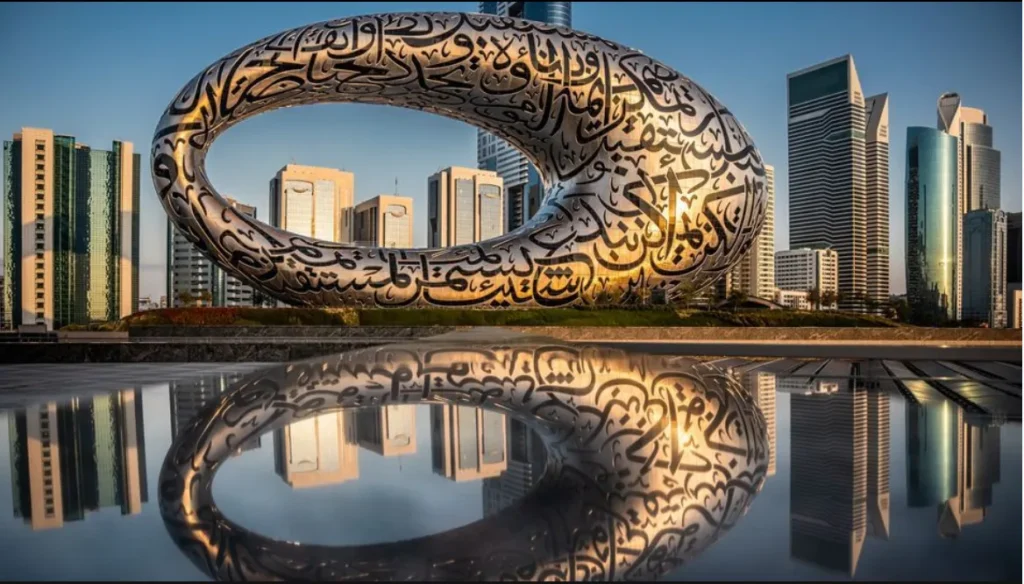
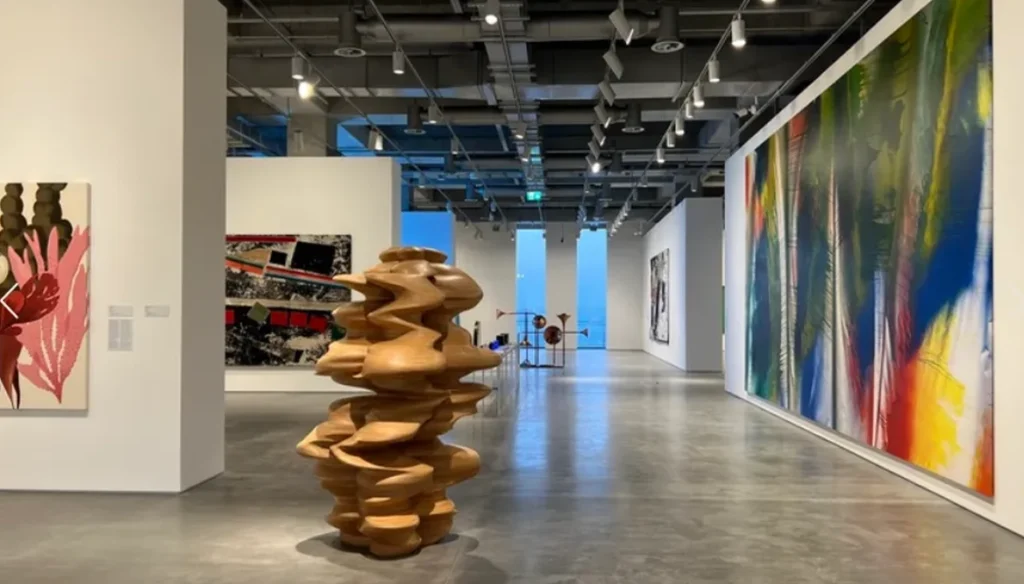
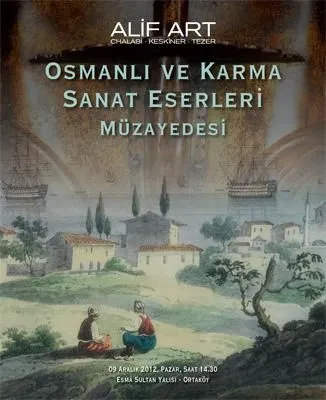
The Supporting Cast
Qatar’s AlBahie Auction House quietly builds its reputation around Islamic art and luxury collectibles. Lebanon’s ArtScoops connects Arab artists with global collectors through digital platforms—remarkable given the country’s recent struggles. Egypt’s Lot 5 Auction House finally gives proper attention to Cairo’s underappreciated modernist movement.
What’s Really Happening Here
This isn’t just about money changing hands, though plenty does. These auction houses are creating cultural confidence in a region that spent too long seeking validation elsewhere. Iran uses art for quiet diplomacy. The UAE proves that innovation and tradition can coexist. Turkey reclaims its artistic legacy. Saudi Arabia writes entirely new chapters.
For collectors, this represents more than investment opportunities. It’s participation in something bigger—the emergence of a genuinely global art market where Middle Eastern voices aren’t footnotes but headlines.

